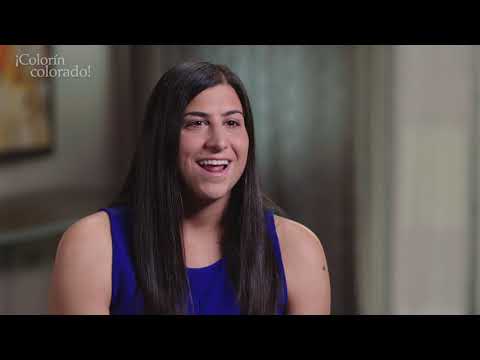Project-Based Learning for ELLs
Project-based learning (PBL) offers many benefits to English language learners (ELLs), including hands-on activities, peer interaction, rich language use, and a chance to explore personal interests.
ELLs may need some additional support or guidance in order to make the most of PBL, and the following resources share ideas on how to make it a successful experience for all students.
Featured Articles
Related Video
Project-Based Learning for ELLs: Recommended Resources
Resources for educators
The following resources offer ideas for project-based learning with ELLs:
- Supporting ELLs in PBL Projects (Edutopia)
- The Benefits of Oral History Projects for Multilingual Learners (Edutopia)
- PBL with English Language Learners: A Vital Need (PBL Works)
- Support ELLs with Project-Based Learning (Confianza)
- Video: Supporting ELLs Through Project-Based Learning (Teaching Channel)
Resources for families
21st-Century Learning at Home: A Guide for Families and Caregivers of English Learners to Support Project-Based Learning at Home
This guide from the Mid-Atlantic Equity Consortium is designed for families and caregivers to support and lead English Learners through projects at home. The activities within the guide promote communication, collaboration, creativity, and critical thinking while engaging with a child’s culture, family background, and home languages. Each project has the following sections:
- the purpose of the project
- materials suggested
- questions for children
- instruction to complete each section
- additional activities and resources











